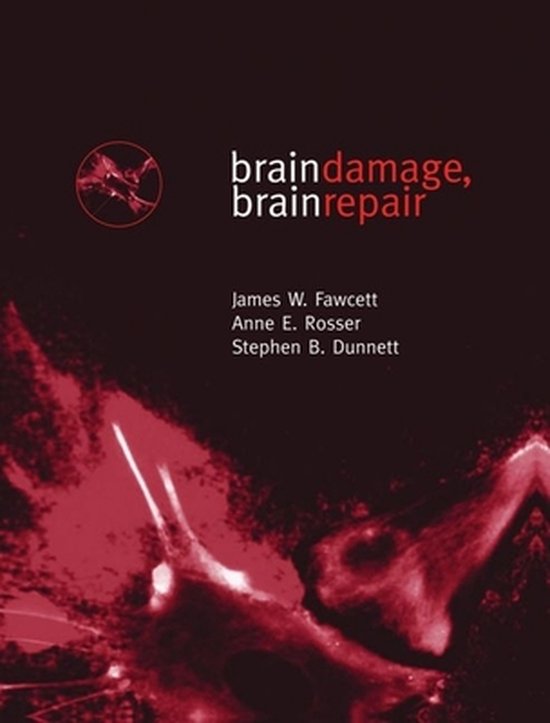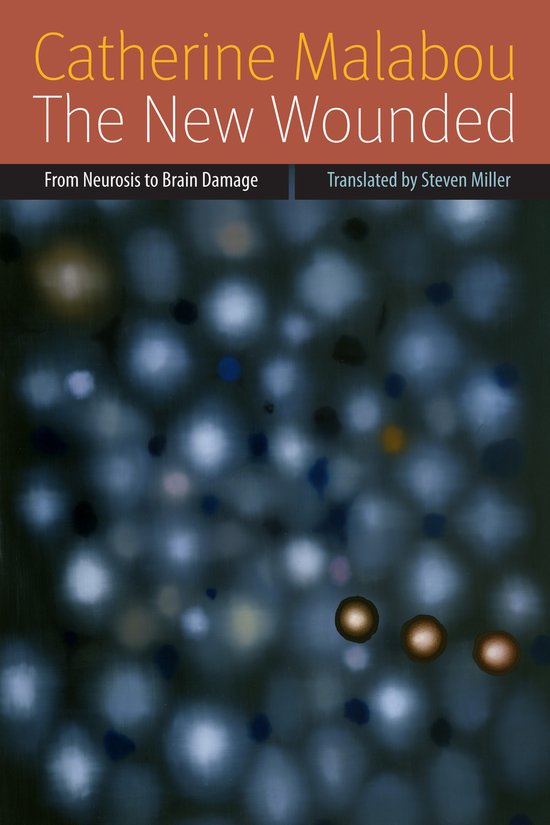
Cerebral Reorganization of Function After Brain Damage
This work integrates neuroscience research on neuroplasticity with the clinical investigation of the reorganization of function after brain injury, especially from the perspective of eventually translating the findings to rehabilitation.
This book integrates neuroscience research on neuroplasticity with clinical investigation of reorganization of function after brain injury, especially from the perspective of eventually translating the findings to rehabilitation. Historical foundationw in neuroplasticity research are presented to provide a perspective for recent findings. Leading investigators synthesize their work with research from other laboratories to provide a current update on neuroanatomic features which enhance enuroplasticity and provide a substrate for reorginaization of function. The capacity for recovery from brain injury associated with focal lesions as compared to diffuse cerebral insult is discussed. Interventions such as environmental enhancement and drugs to enhance reorganizatioin of function after brain injury have been studied in animalmodels and in human studies. Methodologies to study neurophysiological measures, trancranial magnetic stimulation, and computational modeling. Implications of neuroplasticity research for innovations in rehabilitation of persons with brain injury are critically reviewed.
This book integrates neuroscience research on neuroplasticity with clinical investigation of reorganization of function after brain injury, especially from the perspective of eventually translating the findings to rehabilitation. Historical foundationw in neuroplasticity research are presented to provide a perspective for recent findings. Leading investigators synthesize their work with research from other laboratories to provide a current update on neuroanatomic features which enhance enuroplasticity and provide a substrate for reorginaization of function. The capacity for recovery from brain injury associated with focal lesions as compared to diffuse cerebral insult is discussed. Interventions such as environmental enhancement and drugs to enhance reorganizatioin of function after brain injury have been studied in animalmodels and in human studies. Methodologies to study neurophysiological measures, trancranial magnetic stimulation, and computational modeling. Implications of neuroplasticity research for innovations in rehabilitation of persons with brain injury are critically reviewed.
| Auteur | | Levin |
| Taal | | Engels |
| Type | | Hardcover |
| Categorie | | Wetenschap & Natuur |



